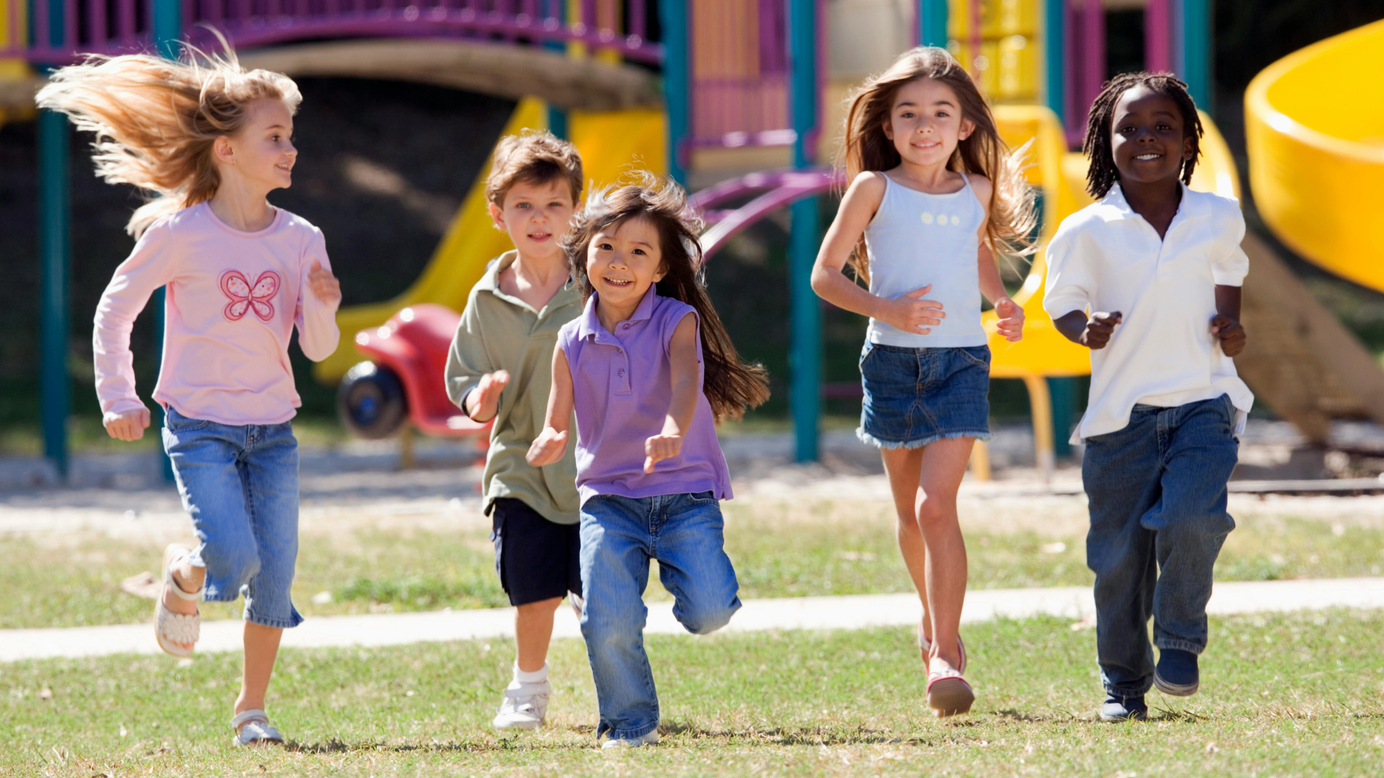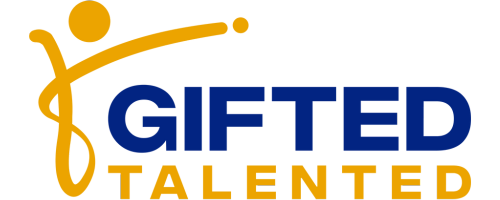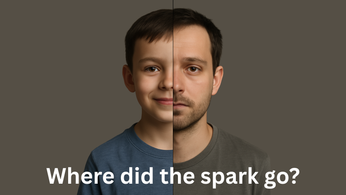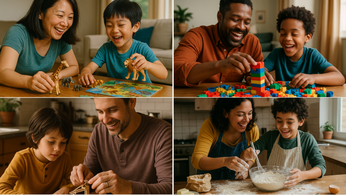
Physical Intelligence Isn’t Optional, It’s Foundational
Why Physical Intelligence Cannot Be Ignored If You Want Your Kid to Reach Full Potential
When people talk about giftedness, they usually talk about academics: the 3-year-old who reads fluently, the sixth grader solving algebra problems, or the teenager building robots in the garage.
But giftedness doesn’t come in a single academic package.
Some kids are gifted in motion—speed, balance, coordination. They run before they talk. They climb like little ninjas. They turn every playground into a personal obstacle course.
That’s giftedness too.
In this article, we explore the overlooked power of Physical Intelligence (a.k.a. athleticism)—not just as a physical ability, but as a foundation for confidence, sharper thinking, and stronger character.
Wait, What Is Physical Intelligence Anyway?
Most of us know about IQ (intelligence quotient) and EQ (emotional intelligence). But physical intelligence?
It’s the ability to sense what’s happening in your body—and use that awareness to move, focus, and adapt under pressure. It’s what helps an athlete stay calm before the big game, a surgeon keep steady hands in the OR, and a leader walk into the room grounded.
It includes:
- Coordination – Ever feel clumsy or off-balance? That’s coordination—when your body doesn’t quite do what your brain intended.
- Spatial Awareness – Bumping into furniture? Hitting your head getting out of the car? That’s spatial awareness—knowing where your body is in space.
- Reaction Time – Can you catch a glass before it falls? That’s your reaction time—how quickly your body responds to stimulus.
- Mind-Body Connection – Ever get a gut feeling, or calm yourself before a big moment? That’s mind-body awareness—being in tune with both emotion and physical state.
- Energy Regulation – Feeling wired after sugar or wiped after a crash? That’s energy regulation—knowing how to pace yourself and manage stamina.
Physical intelligence is what helps astronauts, dancers, surgeons, athletes—and yes, even CEOs—perform under pressure. It’s not just about agility. It’s about control, self-awareness, and resilience.
Brainpower Alone Isn’t Enough. Leadership Requires Body Smarts Too.
Have you ever felt like your brain was racing ahead—but your body just wanted to lie down?
You’re not alone.
Deloitte research shows that high-performing women are experiencing rising levels of stress, while many men report feeling disconnected from themselves.
And let’s be honest: no one wants to follow a leader who’s burnt out, scattered, or spiraling every time something goes wrong.
Now look at the world’s top performers, and one thing stands out:
They all move. Every day.
- Oprah starts her mornings with movement.
- Barack Obama did cardio daily while in the White House.
- Richard Branson swears exercise gives him four extra hours of productivity.
These routines aren’t just good habits. They’re science-backed strategies for optimizing physical intelligence.
Exercise increases blood flow to the brain, which stimulates neurogenesis (the growth of new brain cells), particularly in the hippocampus—the region responsible for memory and learning. It lowers cortisol (the stress hormone) and boosts endorphins (natural mood elevators). The result?
Less anxiety, better focus, and a calmer, clearer mind.
That’s not fluff. That’s performance science.
So if we don’t want our kids’ potential limited by underdeveloped physical intelligence, we need to raise them differently—starting with the body.
How Parents Can Help Build Physical Intelligence at Home
Not every gifted kid loves sports—and that’s okay.
But every child benefits from developing physical intelligence, even the ones who would rather read than run.
Movement isn’t just for athletes. It’s a brain booster, a stress reliever, and a lifelong advantage.
Harvard’s Mind-Body Institute and Stanford research show that:
- Movement sparks brain growth
- Sleep fuels creativity
- Mindfulness improves focus
These aren’t trendy lifestyle tips. They’re neuroscience-backed tools to unlock your child’s full potential.
And before you sign them up for ninja classes (which are cool, by the way), try these simple, proven ways to build physical intelligence—especially for kids who live in their heads.
Movement: Get the Body Going
- Start the day with motion: 5 minutes of stretching or dancing to a silly song = better focus all morning.
- Make brain breaks into body breaks: 10 jumping jacks between math problems beats scrolling TikTok.
- Use tech for good: Try GoNoodle, Cosmic Kids Yoga, or fun YouTube workouts that make movement feel like play.
Sleep: The Hidden Power Tool
- Protect bedtime like a test date: Sleep is when brains file, grow, and recharge.
- No screens 30 minutes before bed: Blue light confuses the brain. Try stretching or reading instead.
- Watch for "tired but wired" signs: Gifted kids often have a hard time winding down. Mindfulness or quiet time helps reset their system.
Mindfulness & Body Awareness: Tune In to Tune Up
- Family breathing breaks: One minute of mindful breathing during dinner can prevent post-homework meltdowns.
- Talk about the body: Ask, “How does your body feel right now?” This builds awareness and emotional regulation.
- Model it: Kids copy calm. If they see you take a breath before reacting, they’ll learn to do the same.
Best Programs & Activities to Boost Physical Intelligence
No need to chase Olympic medals. What kids need is movement that builds coordination, confidence, and resilience—especially the kind that connects brain and body.
Try:
Martial Arts
Teaches discipline, body control, emotional regulation—and how to lose gracefully.
Team Sports (Soccer, Volleyball, Rowing)
Great for kids who feel pressure to perform alone. Team sports build communication, strategy, and bounce-back strength.
Dance, Parkour, or Circus Arts
Excellent for spatial awareness, risk-taking, and creativity.
Landing a flip or walking a tightrope? Confidence skyrockets.
Outdoor Leadership Camps (e.g., Outward Bound, NOLS Youth Expeditions)
These teach real-world grit, teamwork, and independence.
Less helicoptering. More compass, trail, and problem-solving.
Final Thought: Movement Is the Hidden Advantage
Giftedness isn’t just mind over matter.
It’s mind through matter.
Your child’s potential doesn’t live in their head alone.
It moves through their body—their posture, their breathing, their stride.
So when your gifted kid hits a wall, don’t hand them another workbook.
Send them outside.
Let them leap.
Let them fall.
Let them dance.
Because every stretch, stumble, and breath isn’t a break from learning—
it is learning.
And the best part?
Their body already knows the way.
Gifted Talented Families
A global village for families turning spark into significance








